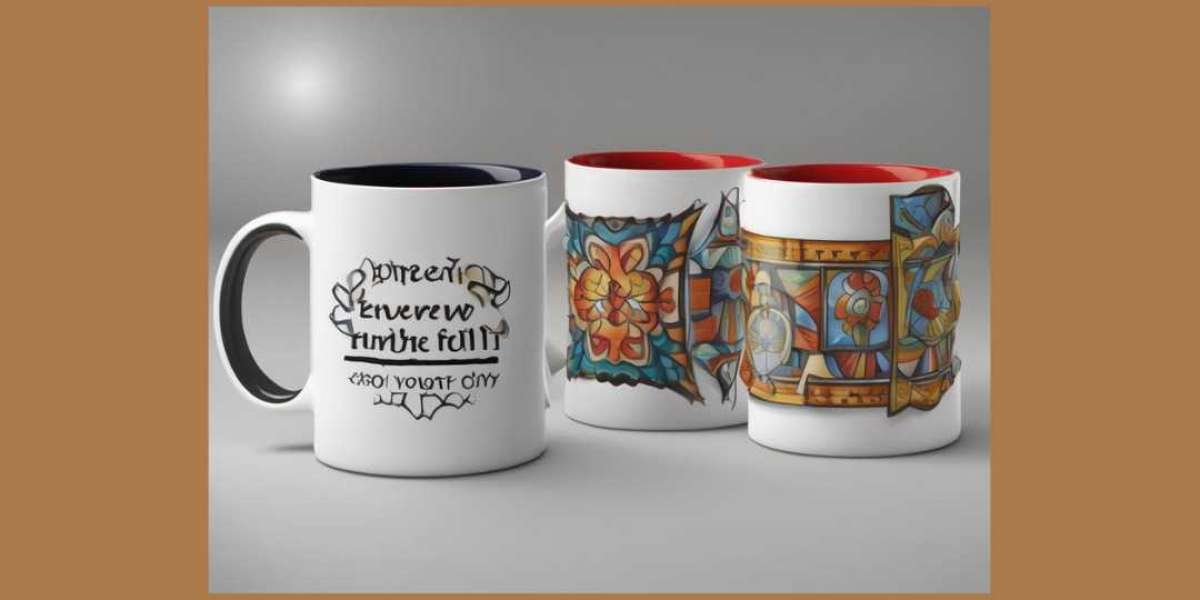Understanding Sublimation and Its Requirements
Before diving into the specifics of sublimation mugs, it's essential to understand what sublimation is and why it requires particular materials. Sublimation is a process where heat and pressure are used to transfer dye onto a surface, typically polyester-coated items or polyester-based fabrics. The dye turns into a gas without passing through a liquid state and permeates the surface, creating a permanent, vibrant print that won't fade or peel.
For mugs, this means that the surface must be coated with a polyester or polymer-based material that can absorb the dye. Not all mugs are suitable for sublimation, so choosing the right ones is the first step to success.
Key Features of Sublimation Mugs
Material and Coating
The most critical aspect of a sublimation mug is its coating. Mugs must be coated with a special polymer that can bond with the sublimation dye. These coatings are typically invisible, making the mugs look like any ordinary white ceramic or glass mug, but they are essential for ensuring the dye is absorbed correctly.
Ceramic mugs are the most popular choice for sublimation, as they offer excellent heat resistance and durability. The polymer coating on these mugs allows for vibrant colors and sharp images, making them ideal for photo mugs, logo printing, and custom designs.
Color and Finish
While white mugs are the most common choice for sublimation, other colors and finishes are available. However, it's important to note that sublimation works best on white or light-colored surfaces because the dye is transparent. This means that darker mugs may not show the colors accurately, leading to dull prints.
The finish of the mug, whether glossy or matte, can also affect the final result. Glossy finishes tend to produce more vibrant prints, while matte finishes offer a more subdued, classic look.
Size and Shape
The size and shape of the mug can influence both the design process and the final product. Standard 11-ounce mugs are the most commonly used for sublimation, but larger or uniquely shaped mugs are also available. When choosing a mug, consider the design you plan to print. Some designs may work better on straight-sided mugs, while others might look better on a tapered shape.
Tips for Successful Mug Sublimation
Use High-Quality Mugs
Investing in high-quality sublimation mugs is essential for achieving the best results. Low-quality mugs may have inconsistent coatings, leading to uneven prints or poor color transfer.
Preheat the Mug
Preheating your mug slightly before applying the sublimation paper can help ensure even heat distribution and better ink absorption. However, be careful not to overheat, as this can affect the final print quality.
Check for Coating Imperfections
Before printing, inspect the mug for any coating imperfections, such as bubbles or scratches. These imperfections can affect the print quality and lead to unsatisfactory results.
Conclusion
Choosing the right mugs for sublimation is a crucial step in creating beautiful, personalized products. By focusing on the material, coating, color, and size of the mugs, and following best practices for the sublimation process, you can ensure that your mugs will have vibrant, long-lasting prints that delight your customers or loved ones. Whether you're a seasoned pro or a beginner, the right sublimation mugs can elevate your crafting game and open up new creative possibilities.








